Best National Parks for stargazing: 9 stellar spots for dark skies
The best National Parks for stargazing deliver inky night skies perfect for nocturnal adventures
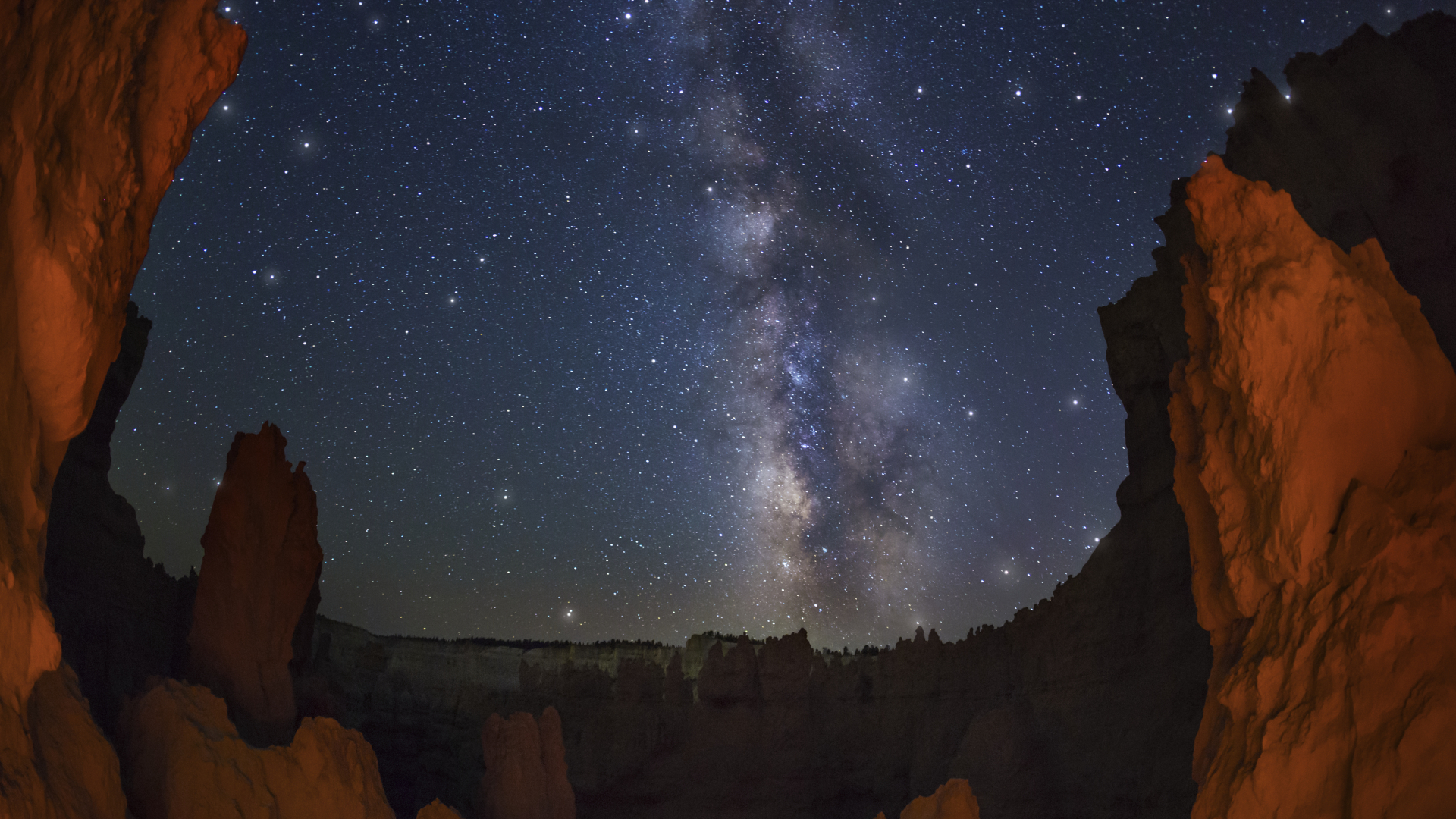
We’ve already covered the best National Parks for hiking, which is usually a daytime activity, but sunset doesn’t mean you have to pack your hiking boots away and climb into your tent. Stargazing is a magical way to experience nature and, naturally, it’s best done far away from the light pollution of urban centers. This makes many National Parks ideal for stargazing, so we've selected the best National Parks for stargazing here.
Some of these National Parks are are remote, others are an easy drive from major cities and all provide exceptional opportunities to view the stars, planets and other highlights of the northern hemisphere night sky – occasionally even the Northern Lights – whether you’re exploring alone or joining a park ranger. Camping in US National Parks is an ideal way to get closer to the stars too.
Find out when the next new moon is – that’s when skies will be darkest – grab your headlamp for the hike in and your binoculars if you want a close-up, and start planning your next nocturnal adventure. Don’t forget to give your eyes about 30 minutes to adjust to the darkness for the full experience.
1. Bryce Canyon, Utah
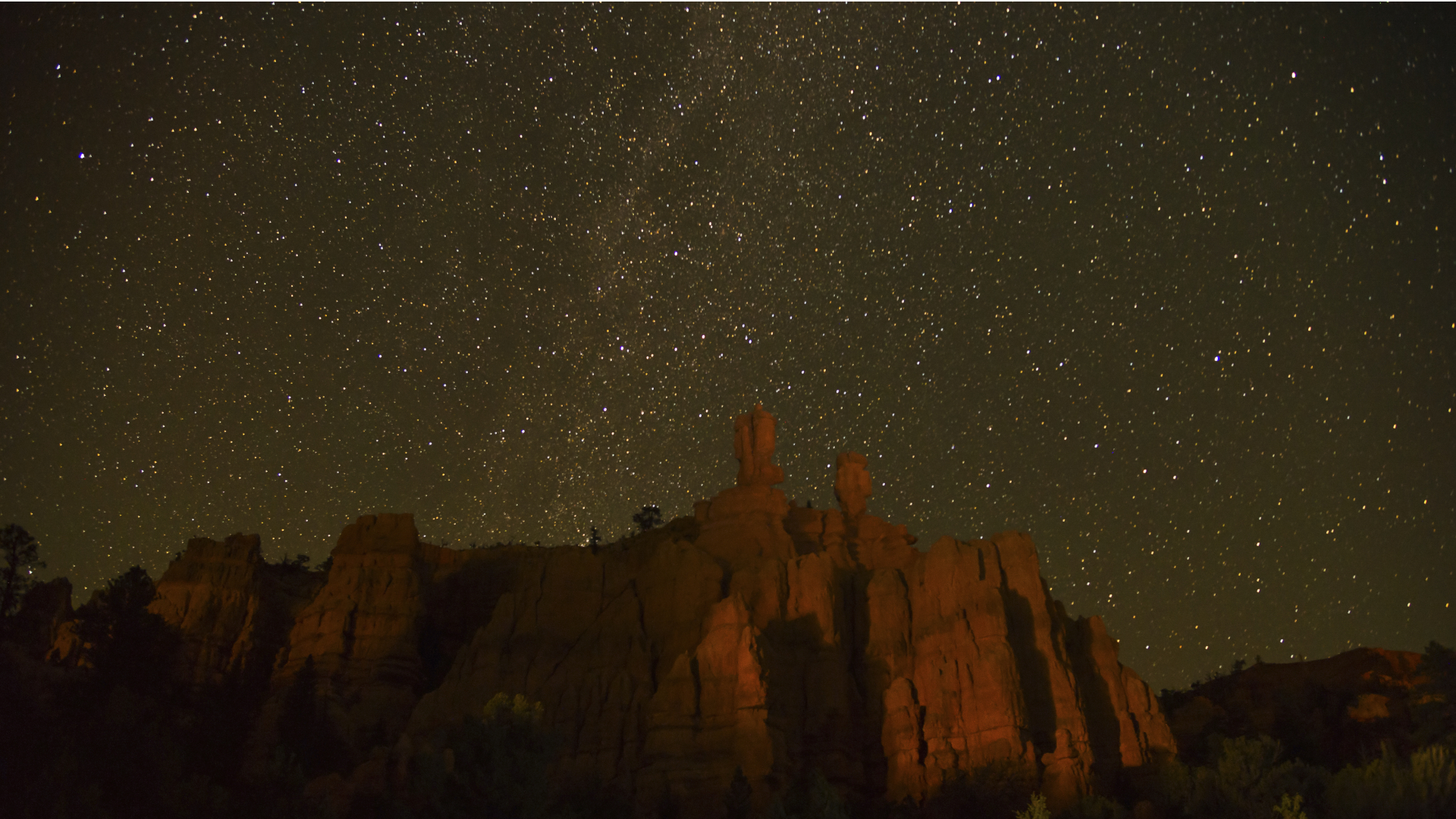
In southwest Utah, Bryce Canyon National Park is mostly above 8,000ft above sea level, making it darker than surrounding areas and an absolute haven for stargazing. Stargazing here is so popular that the park has astronomy rangers offering over 100 programs each year and it is said that some planets shine brightly enough here to cast a shadow on the desert landscape and the park’s famous collection of hoodoos (tall, thin rock spires). Some of the best hikes in Bryce Canyon National Park such as Natural Bridge Overlook, Inspiration Point and Sunset Point are popular spots for stargazing here, where you can enjoy views of the milky way. Due to the altitude, Bryce is also cooler than surrounding areas, and even in summertime you should pack a good base layer.
Bryce Canyon is an hour and a half drive from Zion and two hours from Capitol Reef and really lends itself to a short visit, so you may find that a single day here is enough, especially if you’re travelling between the two other parks.
2. Big Bend, Texas
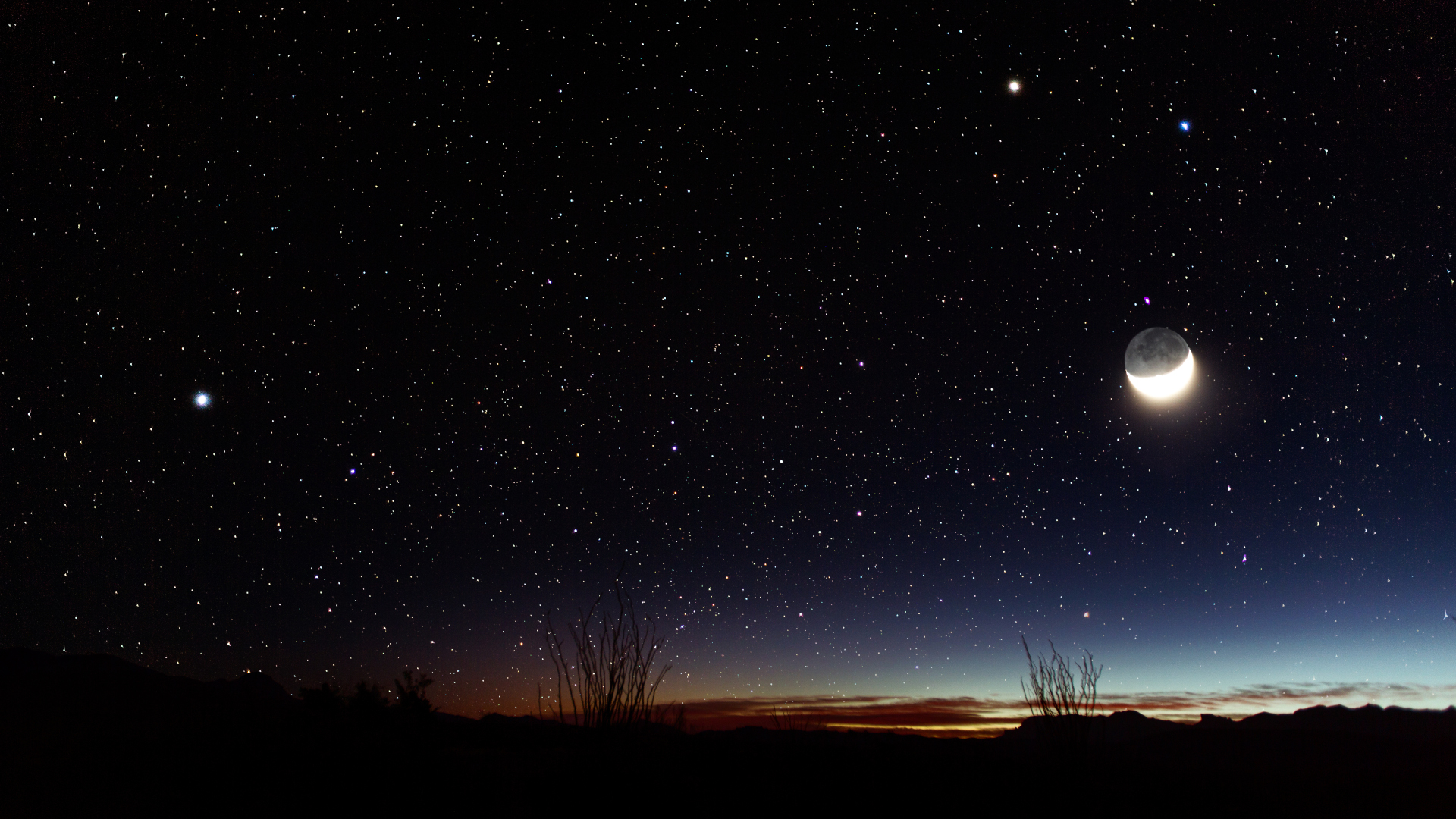
Big Bend stakes the claim to having the least light pollution of any of the National Parks in the lower 48 states. Many of us visit the wilderness seeking solitude and you’ll find that in large doses here. Located in southwest Texas close to the border with Chihuahua, Big Bend is home to the entire Chisos mountain range and much of the Chihuahuan Desert. At night, the inky black sky makes for first class stargazing which you can enjoy with their Night Sky program, featuring star parties and moonlight walks. Warmer temperatures also make this park one of the best National Parks to visit in winter.
3. Great Basin, Nevada

Great Basin in eastern Nevada was designated a Dark Sky Park in 2016 due to its low humidity desert environment and high elevation. Here you can view thousands of stars and the Milky Way with the naked eye almost anywhere in the park. Mather Overlook is an exceptional spot for stargazing but you’ll most likely even find great viewing down at the Baker archeological site. You can stargaze here on your own or with a ranger in one of their many astronomy events throughout the year.
All the latest inspiration, tips and guides to help you plan your next Advnture!
4. Death Valley, California
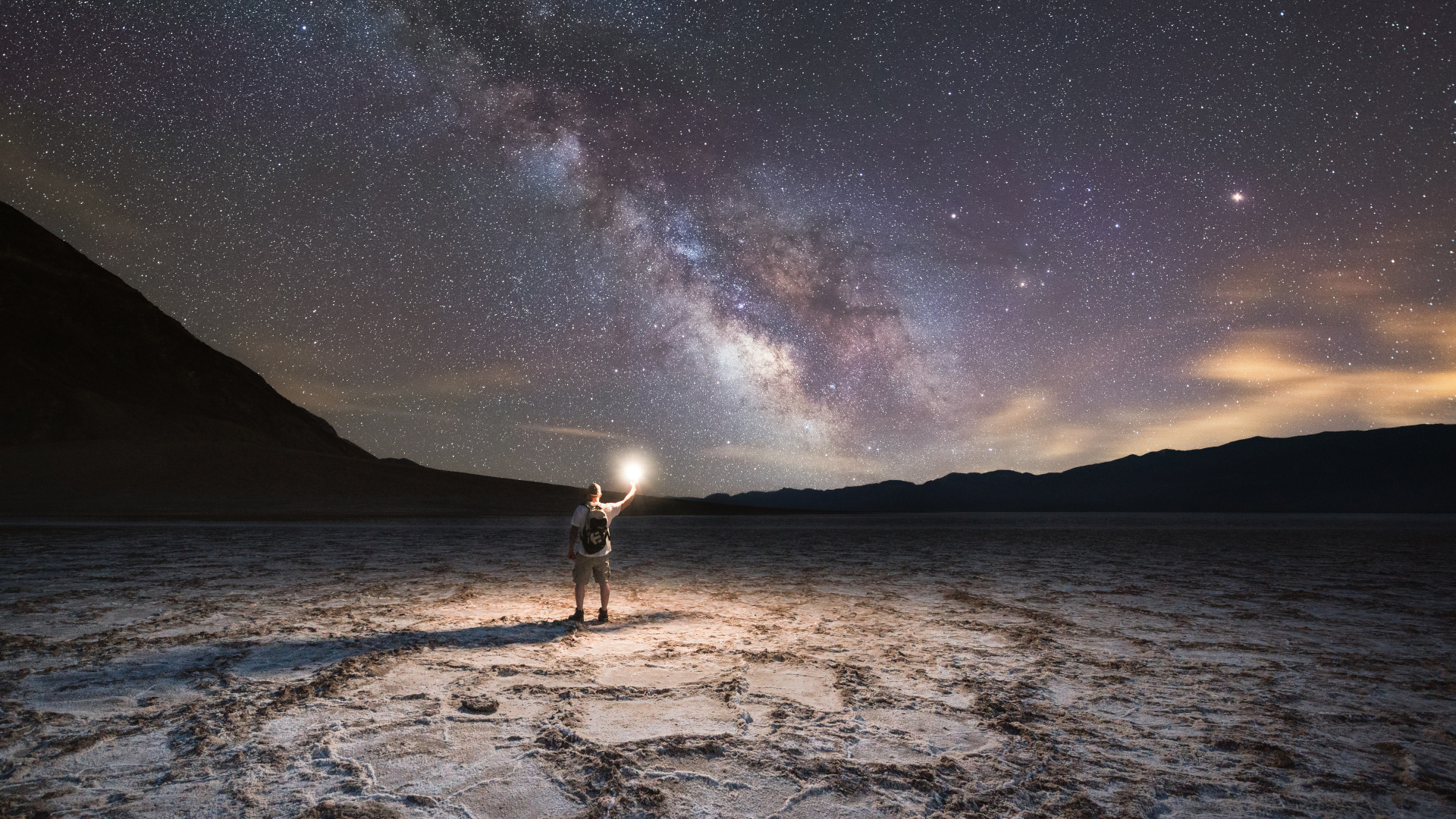
Death Valley is famous for being the hottest place on earth in the summer months, and as far as we’re concerned that’s all the more reason to explore this park at night, when temperatures will range from the 50s in winter to the 80s in summer. Death Valley straddles the border between California and Nevada and its vast, stark desert landscape treats visitors to beautiful adventures in salt flats, badlands, canyons and mountains. At night, the park boasts some of the darkest skies in the country and Ubehebe Crater is known for its jet black skies and Harmony Borax Works is a great spot for stargazing. Mesquite Flat Sand Dunes provide unobstructed views for the skies, however the nearby road may bring a little light pollution.
5. Acadia, Maine

Acadia National Park protects areas of coastal Maine, including 19 of its outlying islands, which are far from the bright lights of the east coast’s many metropolises. Southwest of Bar Harbor, the park boasts rocky Atlantic headland and rugged beaches as well as lush forests and the highest mountain on the East Coast, Cadillac Mountain. It is one of the most-visited National Parks in the country and exploring it at night is a unique way to escape the crowds and breathe the salty air. Late spring to early fall are the best times to visit Acadia and experience comfortable temperatures, and July and August are also the best times to see the Milky Way here. Sea Wall, Jordan Pond, Ocean Path and Sand Beach are all top spots for dark skies.
6. Joshua Tree, California

Though it’s just a couple of hours east of LA’s massive urban sprawl, Joshua Tree’s vast wilderness and high altitude makes it one of the best places on the planet for stargazing. Joshua Tree straddles two distinct desert ecosystems: the Mojave and the Colorado. It is named for the trees native to the Mojave, which takes up the western portion of the park and sits a bit higher and is therefore cooler – sometimes even experiencing snow in winter. The east side of the park, which lies in the Colorado desert, is farthest from urban areas and with low desert scrub that won’t block your view is the best place for stargazing. One of the best hikes in Joshua Tree National Park, the Arch Rock Nature Trail, is an incredible spot to combine the beautiful rock formations in the park with starry skies.
7. Denali, Alaska
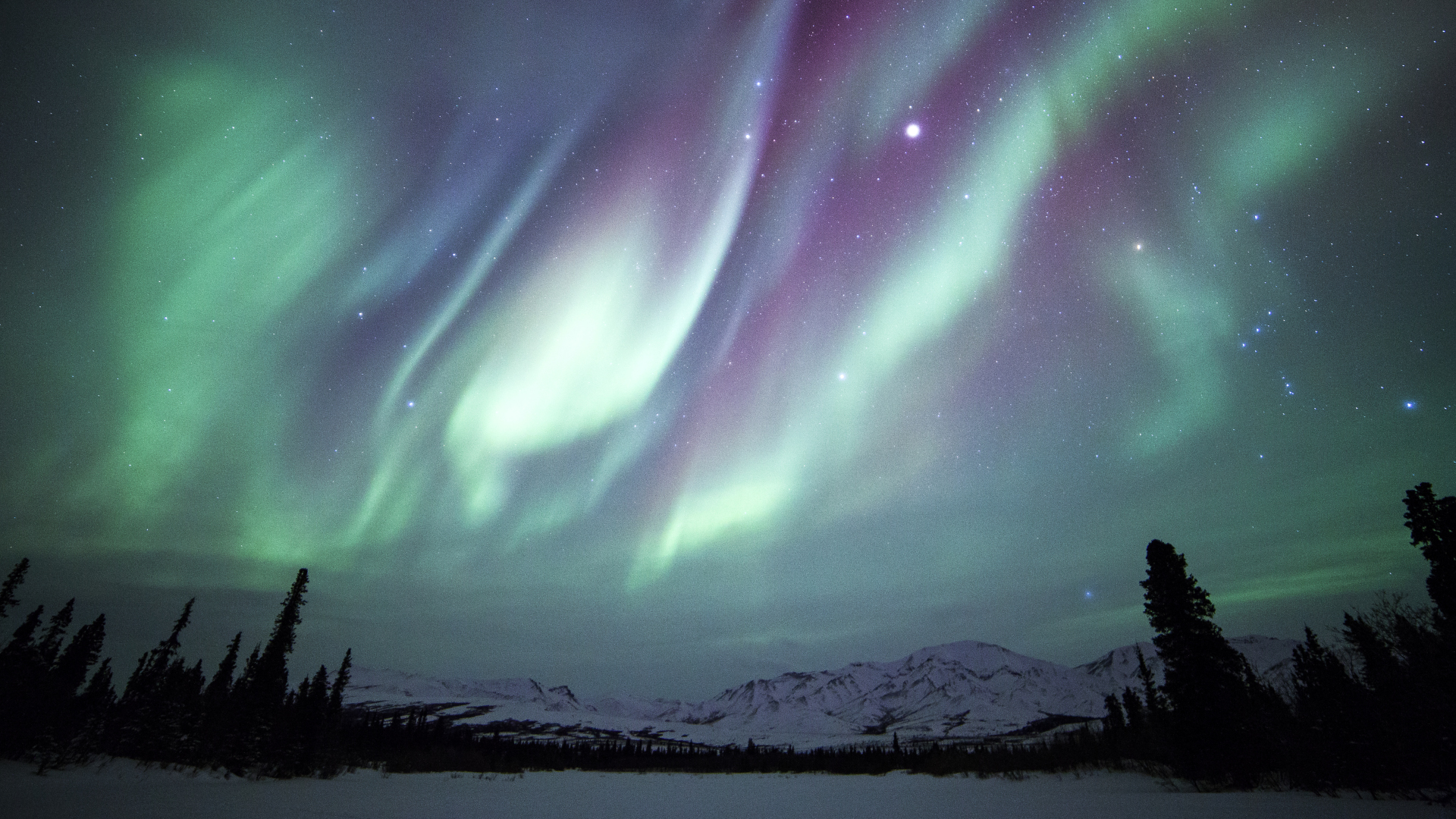
It should come as no surprise that one of Alaska’s vast and remote parks makes the cut, especially since this state has such long nights in winter. Denali National Park preserves six million acres of wilderness in Alaska’s interior, and all of it is far from any bright lights. Denali is one of the least crowded National Parks and you may be able to view the Northern Lights here in addition to the Milky Way, if they make an appearance. The park doesn’t have a lot of established trails, however you can explore some short trails near the park entrance. If you’re experienced in the backcountry, consult a park ranger about taking your adventures off trail which comes highly recommended.
8. Badlands, South Dakota
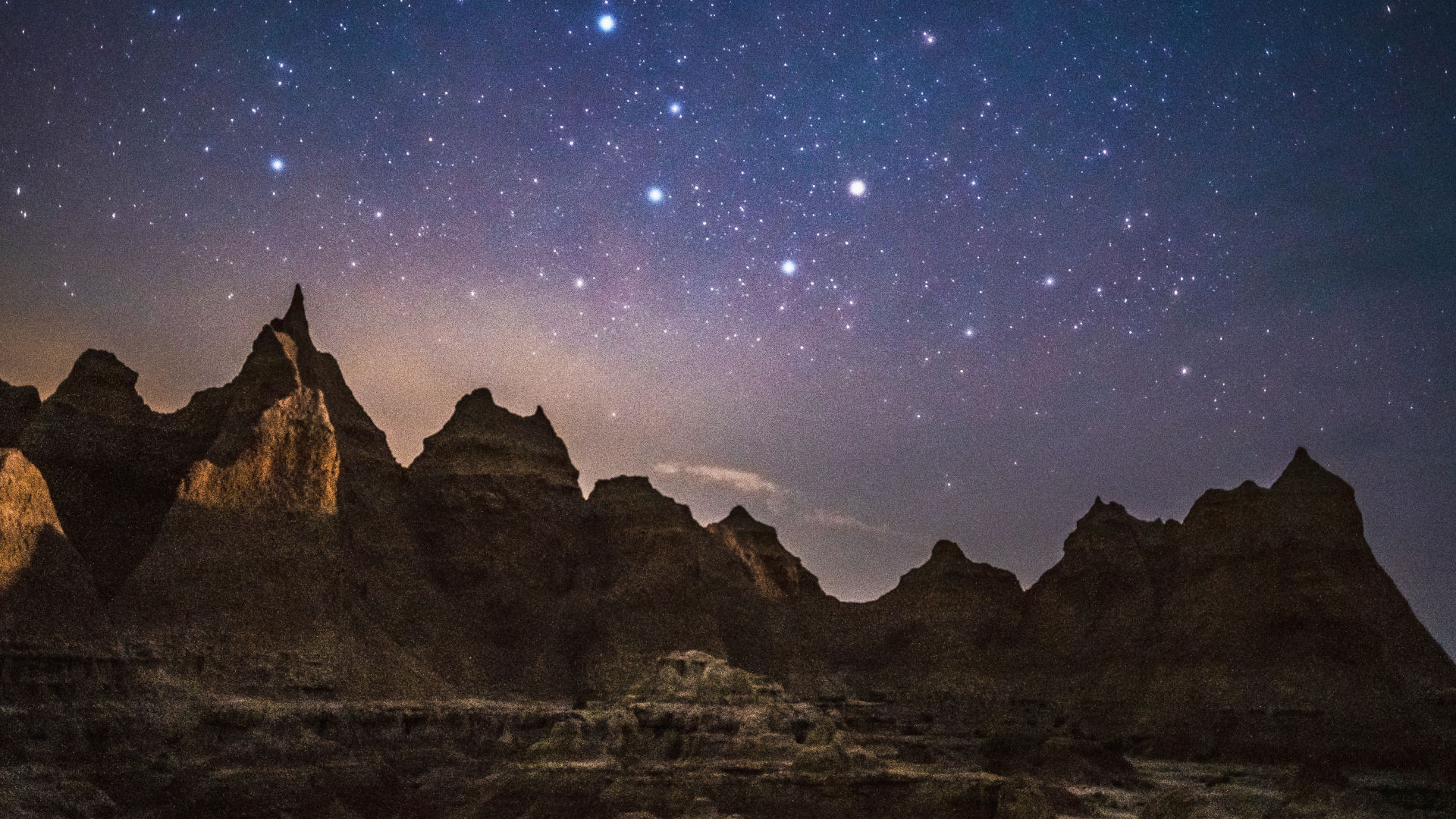
Badlands is known for its dramatic landscape, harboring rugged rock formations, steep canyons, towering spires and one of the richest fossil beds in the world. Its remote character is signalled by the diversity of wildlife that lives there and makes for very dark skies at night. You can join their seasonal Night Sky Viewings for chances to see the Milky Way, the International Space Station and occasionally even the Northern Lights.
9. Grand Canyon, Arizona
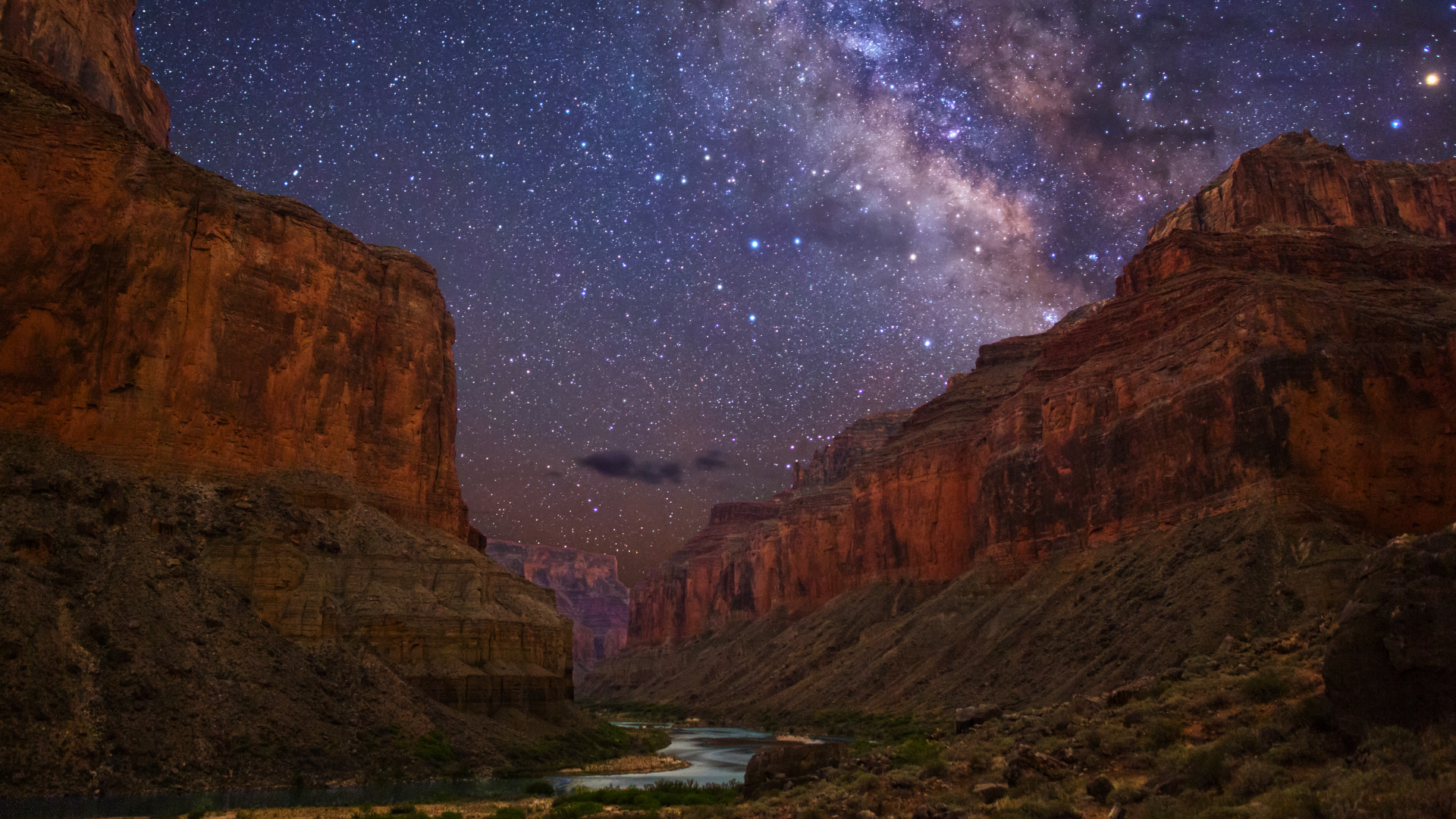
It’s not exactly a well-kept secret, but if you’re enjoying the best hikes in Grand Canyon National Park anyway, you might as well catch a sunset hike and stay out for a bit of stargazing over one of the biggest canyons in the world. This National Park includes two sections: the South Rim, which is open year-round, contains most of the popular trails and amenities and draws the majority of the park’s five million annual visitors, and the more remote North Rim, which sits at over 8,000 feet on the Kaibab Plateau and closes in winter.
On the South Rim, both Moran Point and Lipan Point are recommended, while if you find yourself on the North Rim, where author Paul Bogard did research for his book End of the Night, walk the paved trail to Bright Angel Point and have an intimate one on one with the stars. The two rims are five hour drive apart, so typically you’ll just visit one unless you’re planning on spending several days here.
Julia Clarke is a staff writer for Advnture.com and the author of the book Restorative Yoga for Beginners. She loves to explore mountains on foot, bike, skis and belay and then recover on the the yoga mat. Julia graduated with a degree in journalism in 2004 and spent eight years working as a radio presenter in Kansas City, Vermont, Boston and New York City before discovering the joys of the Rocky Mountains. She then detoured west to Colorado and enjoyed 11 years teaching yoga in Vail before returning to her hometown of Glasgow, Scotland in 2020 to focus on family and writing.

